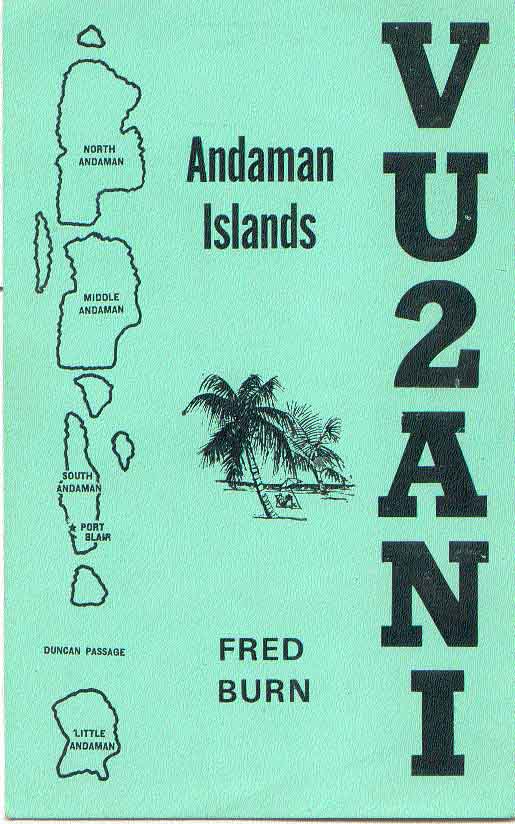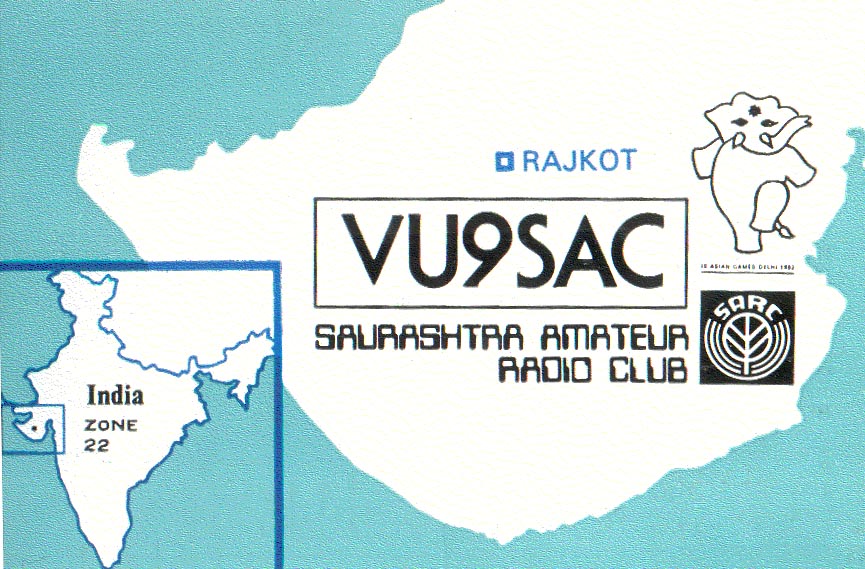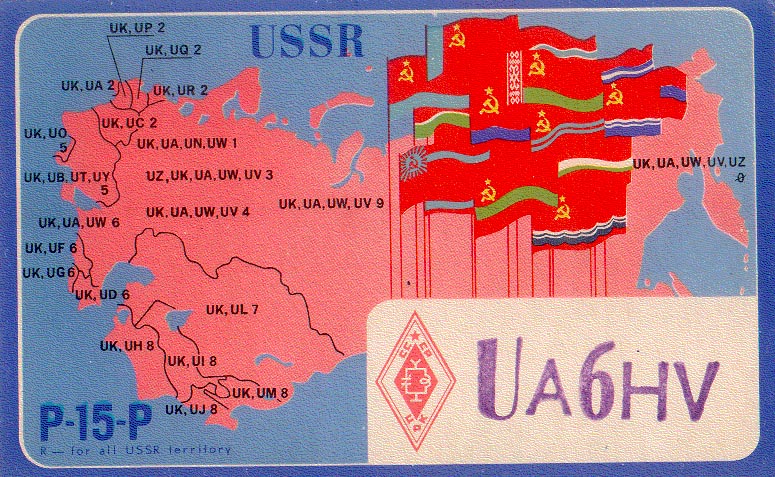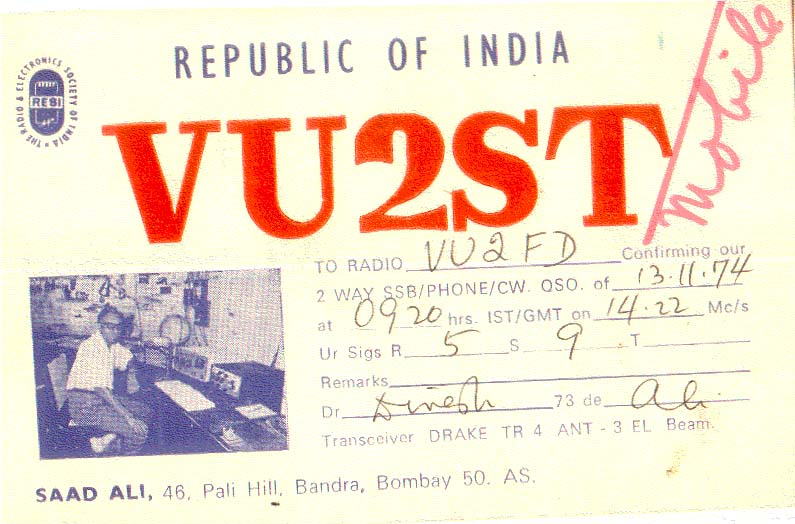|
|
What is Amateur Radio? | |
| Ham Radio India | ||
|
| ||
| Home | Forum | Radio Astronomy | News Channels |
| Amateur Radio | |
| Radio Astronomy | |
| Ayurveda | |
| Yoga | |
| Gita | |
| Web Directory | |
| Amateur Software | |
| News Channels | |
| Shopping Mall | |
| Free Classifieds | |
| Photo Gallery | |
|
Amateur Radio QSL Cards | ||||||||||||||||||||
|
| |||||||||||||||||||
| Amateur Radio QSL Cards | ||||||||||||||||||||
|
"QSL"
is the
radiotelegraph
code
meaning "I
confirm"
or "I
acknowledge
receipt".
In
short-wave
listening,
a "QSL"
is a card
or letter
from a
radio
station
confirming
that the
recipient
indeed
heard the
station.
In the early days of radio, stations were eager to know how well they were being heard. To encourage listeners to write in and report their reception, stations offered to send listeners souvenir cards and letters Soon SWLs began to collect these QSLs from stations as avidly as many people collect sports cards today. Most international broadcast stations today use regular monitors to assess how well they are being heard and no longer rely upon listener letters. However, most broadcasters still respond to listener reception reports with QSL cards or letters. Many SWLs have amassed impressive, colorful collections of these souvenirs of their listening experiences. | ||||||||||||||||||||
|
To receive a QSL from a station, you need to send a "reception report" to the station giving information about what you heard, the reception conditions, and what you liked (or didnít like) about their programming. A good reception report should include the following:
| ||||||||||||||||||||
|
| ||||||||||||||||||||
| There are special occasion cards like the one shown above which was a special prefix card from Saurashtra Amateur Radio Club during Asian Games.. | ||||||||||||||||||||
|
| ||||||||||||||||||||
|
For
example,
card above
is from
USSR which
doesn't
exists.
You may
find
prefixes
of all
USSR zones
that were
very
active
during 60s
to 80s.
There were
thousands
of CW
& AM
ham
operators
from USSR
daily on
the air
even
though
country
was
believed
to be
under iron
curtain.
In fact, in India, when I started my station in 1970 with a homebrewed CW transmitter & a US army junk receiver which I bought for Rs.80! USSR stations were boon to me as they were in hundreds (or thousands) available 24 hours a day. Availability of on the air stations make experimenters work & progress faster with quick reports on their development. | ||||||||||||||||||||
| QSL cards of hams, who are no longer with us, is very memorable asset of an amateur station: | ||||||||||||||||||||
|
| ||||||||||||||||||||
|
| |
|
| |
|
|



